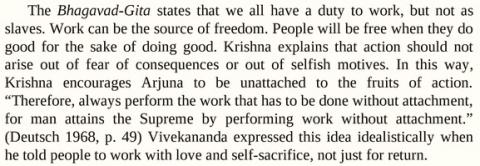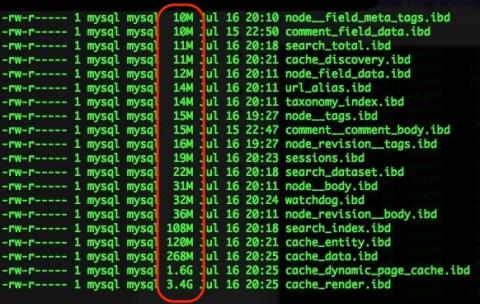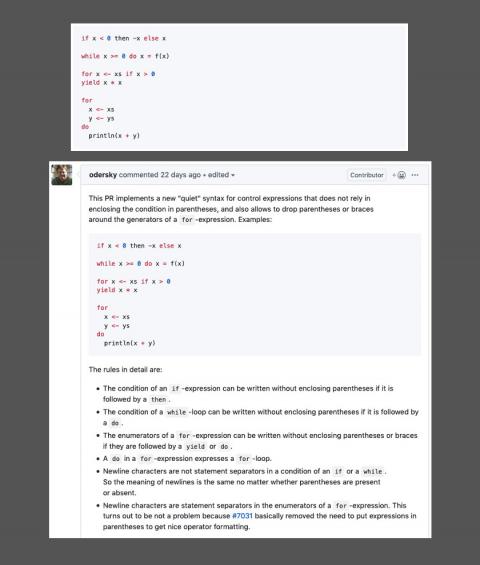When I was meditating this morning I remembered going on a first date with a girl in high school. We went to a nice restaurant — it had tablecloths and silverware — I don’t currently remember the name of, and sat across from each other at a small, round table.
After a very short while a young boy came up to us and asked, “Are you on a first date?”
My date and I looked at him and said, “Yes, we are.” I started to look around to see where the boy came from, but I couldn’t figure that out.
“It’s okay if you sit closer to each other,” he said.
“Really,” we replied, looking at each other and smiling with surprise.
So I got up and moved my chair around the table until my date and I sat next to each other. “Is that good,” I asked.
“Much better,” he said. “This way you can hold hands.” And then he left.









